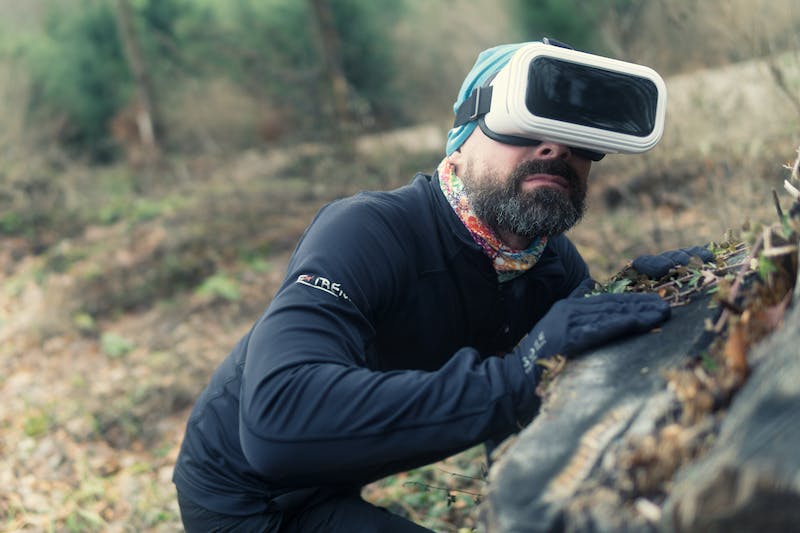Virtual Reality (VR) has become a popular way to experience immersive digital worlds. However, there is some confusion about whether you need vision in both eyes to enjoy VR, can a person with one eye see 3d and many other questions revolving around seeing VR with one eye closed?
Let’s take a deep look into the relationship between VR and binocular vision and answer the question, “Do you need vision in both eyes for VR?”
Understanding Binocular Vision
Binocular vision refers to the ability to use both eyes together to create a single, three-dimensional image. It is essential for depth perception, which allows us to judge distances accurately. Without binocular vision, our world would appear flat, and it would be challenging to navigate our surroundings.
Some people do not have binocular vision due to various reasons such as amblyopia, strabismus, or monocular vision. Monocular vision refers to the ability to see with only one eye. In contrast, amblyopia and strabismus are conditions where one eye is weaker than the other or misaligned, leading to poor or no binocular vision.
VR and Binocular Vision
When it comes to VR, having a binocular vision is not a strict requirement. Many VR headsets use a single screen that is split into two, creating two images that are projected into each eye. This technique is known as stereoscopic 3D, and it creates the illusion of depth perception by mimicking the way our eyes perceive depth in the real world.
However, having a binocular vision can enhance the VR experience. With binocular vision, the brain can use the subtle differences between the images projected to each eye to create a more convincing illusion of depth perception. This effect is called stereopsis, and it allows us to see the world in 3D with greater clarity and accuracy.
However, people with monocular vision can still enjoy VR, but they may not experience the same level of depth perception as those with binocular vision. Some users with monocular vision have reported difficulty perceiving certain aspects of VR, such as judging distances accurately, while others have reported no issues at all.
cubanvr.com
Conclusion
In summary, it is safe for us to say that you do not need vision in both eyes to enjoy VR, but having binocular vision can enhance the VR experience. VR headsets use stereoscopic 3D to give the illusion of depth perception, which is important for an immersive experience. However, those with monocular vision may not experience the same level of depth perception and may find certain aspects of VR more challenging. Ultimately, the best way to determine if VR is right for you is to try it out for yourself and see how your vision affects your experience.
